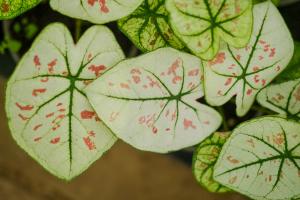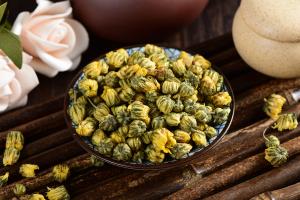Introduction
Elephant ear plants, also known as colocasia or taro, are large-leaved tropical plants that are native to Asia and Polynesia. These plants are well known for their unique foliage, which can reach lengths of up to 3 feet and widths of 2 feet. One interesting aspect of elephant ear plants is that they produce water droplets on their leaves, which can be mistaken for dew or rain. In this article, we will explore the reasons behind this phenomenon and what it means for the plant's health.
Why Do Elephant Ear Plants Drip Water?
Elephant ear plants drip water because of a process called guttation. Guttation is the excretion of water droplets from the tips of the leaves, caused by root pressure. This process typically occurs at night or in the early morning, when the temperature, humidity, and soil moisture are high. It is important to note that guttation is a natural process and is not harmful to the plant.
What Does Guttation Indicate About the Plant's Health?
Guttation can indicate good plant health, as it shows that the plant is properly hydrated and has a functioning root system. However, excessive guttation can also indicate plant stress. If the soil becomes too wet, it can cause the plant to produce too much water droplets, which can lead to nutrient loss and disease. Additionally, if the plant is over-fertilized or has too much nitrogen, it can result in excessive growth, leading to more guttation.
How to Care for Elephant Ear Plants
To care for elephant ear plants, it is important to provide them with proper water, light, and nutrients. These plants prefer well-drained soil that is kept moist but not waterlogged. They also thrive in bright, indirect light, so placing them near a window or in a shaded outdoor area is ideal.
When it comes to fertilizing, elephant ear plants require a balanced fertilizer every 2 to 3 weeks during the growing season. Over-fertilizing can lead to excessive growth and guttation, so be sure to follow the instructions on the fertilizer label.
Conclusion
Elephant ear plants are a beautiful addition to any indoor or outdoor space, with their large and unique foliage. While their natural guttation process may seem unusual, it is an indication of the plant's health and proper hydration. As with any plant, it is important to properly care for elephant ear plants to ensure their long-term health and growth.

 how many times do yo...
how many times do yo... how many planted tre...
how many planted tre... how many pine trees ...
how many pine trees ... how many pecan trees...
how many pecan trees... how many plants comp...
how many plants comp... how many plants can ...
how many plants can ... how many plants and ...
how many plants and ... how many pepper plan...
how many pepper plan...































